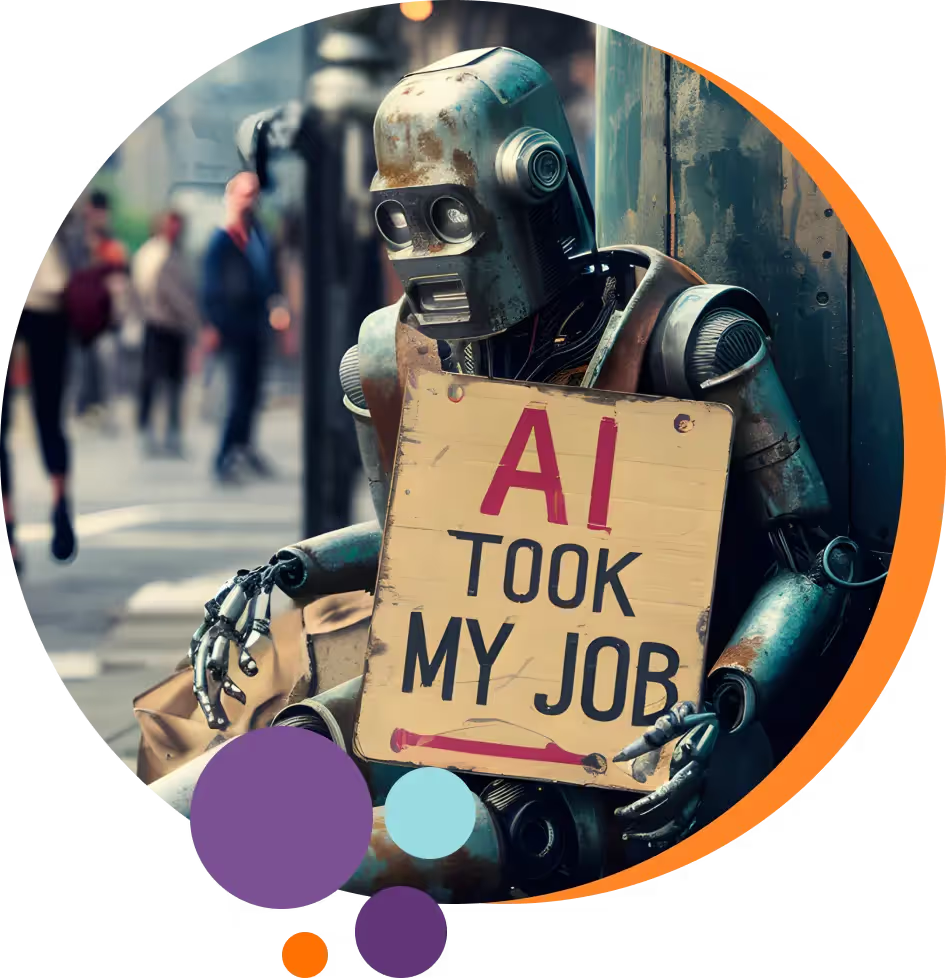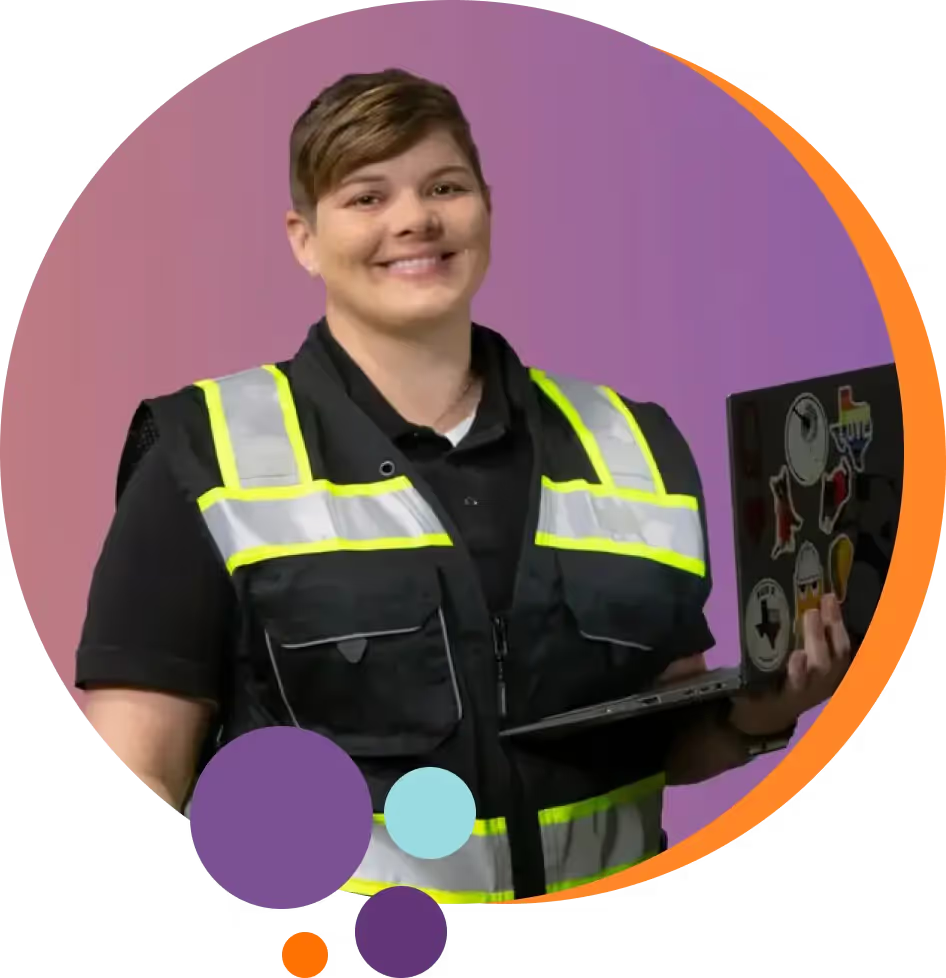1. Letting it Run Too Long
The ideal resume is between one and two pages in length. A resume three or more pages long is only applicable to certain industries, or when you’re expressly asked for a resume of this length. Entry-level and junior employees should aim closer to a one-page resume, whereas senior employees can afford to extend into a second page.
Any longer than that and run the risk of disengaging recruiters. You should decide what information belongs on your resume and what must be left out by answering a few key questions.
- Is the information you’ve provided relevant to the job profile?
While you should flaunt all your accomplishments, accolades, and certifications, make sure they don’t take up too much space. If including them all makes your resume longer than ideal, start by cutting out those that are not strictly relevant to the job description.
- Is your resume formatted correctly?
Formatting decisions like font size and type can drastically change the length and get-up of your resume. The best resume font size is 11 to 12 points for general text and up to 16 points for section headers. You can resize your resume fonts accordingly to save space and bring it down to the ideal length.
- Are all the sections as concise as they can be?
Brevity always makes a great first impression when it comes to resumes. Edit your content vigorously and make generous use of formatting styles like bullet points and numbered lists, wherever applicable. They help keep the word count down, highlight the most important points in each section, and generally make for easy readability.
[CTA for checklist about changing careers]
2. Not Personalizing Your Resume to the Company and Job Description
Every job and company is unique, and your resume should reflect a deep understanding of what each specific role entails. The perfect resume doesn’t just showcase your skills and experience but aligns them with the job description and culture of the company you are applying to.
Monster.com suggests personalizing your resume each time for the best results. This means meticulously mirroring the language used in the job description and highlighting the experiences and skills most relevant to the position.
For instance, if the job description focuses on data analysis, make sure your resume reflects your ability to effectively collate and analyze data with relevant certifications and work experience.
Company-specific customization also shows the employer that you're not just casting a wide net, but are genuinely interested in being part of their team. It demonstrates attention to detail and your commitment to the role.
3. Not Highlighting Important Skills
According to a report by McKinsey & Company, the current job market continues to see high employee mobility between industries and roles. That means recruiters are willing to hire professionals from other sectors if they have relevant and sought-after skills that can benefit their companies.
This makes it all the more important for you to clearly and effectively showcase your skills that align with job requirements. A skill-centric resume can help you take advantage of current hiring trends and demonstrate how you can contribute in a new role.
For instance, if you have expertise in a specific software that’s crucial for the job at hand, make sure it features prominently on your resume.
Including relevant examples and achievements related to niche skills can further strengthen your candidacy. Let’s say you led a project where you had to use this software extensively, or your technical expertise made it easier for your team to work with this software.
Accomplishments like these tell a compelling story to prospective employers about your abilities and potential impact.
.webp)
4. Ignoring Formatting and Typos
Formatting errors and typos in your resume can be a huge put-off - minor but critical mistakes that can negatively impact your job prospects. A well-structured, error-free resume is not just about aesthetics; it's a reflection of your professionalism and attention to detail.
According to a PLoS One research paper from 2023, employers infer applicant characteristics such as work ethic from resumes. This means a resume marred by poor formatting and typographical errors can unintentionally send a message of carelessness and lack of diligence.
They can also significantly undermine your credibility because they suggest a lack of thoroughness and raise questions about your ability to execute tasks with precision. In a competitive job market, even minor mistakes can be the difference between securing a job interview and being overlooked.
5. Misrepresenting Career Gaps
It’s a common but pervasive misconception that gaps in employment are inherently negative. Employers understand that career paths are rarely linear, and gaps can occur for various reasons like further education, personal growth, or family responsibilities. The key is to explain these gaps positively by focusing on what you learned or achieved during that time.
If you took a sabbatical to travel, for instance, you could discuss the skills you developed, such as adaptability or cross-cultural communication. If the break was for professional development or a personal project, detail your learnings and how they make you a better candidate.
Misrepresenting these gaps, on the other hand, can lead to issues of trust. Employers value honesty and the ability to tackle challenges head-on. Being upfront about your career trajectory while highlighting proactive steps taken during employment gaps can actually strengthen your resume.
6. Using Images and Infographics
Visual elements in a resume can be distracting and counterproductive, and for more than one reason. For one, recruiters are not going to be swayed by the aesthetics of a resume instead of its substance. For another, most applicant tracking systems (ATS) cannot read the text in your infographics. These systems are designed to parse and rank resumes based on textual content, keywords, and standard formatting. That means key information and qualifications contained in images and infographics could be overlooked entirely.
It makes much more sense to focus on clear, concise, and ATS-friendly formatting. This means using standard fonts, bullet points, and text-based content to ensure your skills and experiences are easily identifiable by both ATS and human recruiters.


.webp)


















.webp)
.webp)


